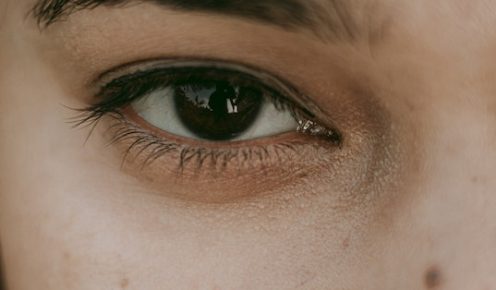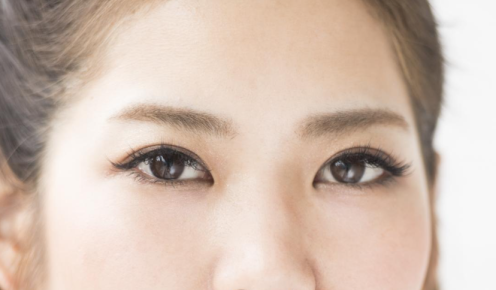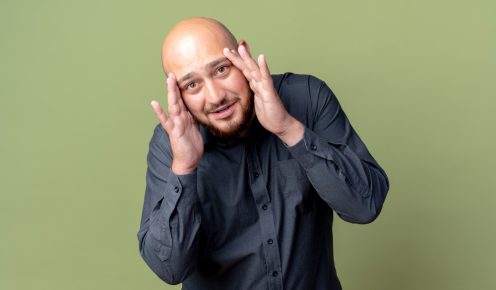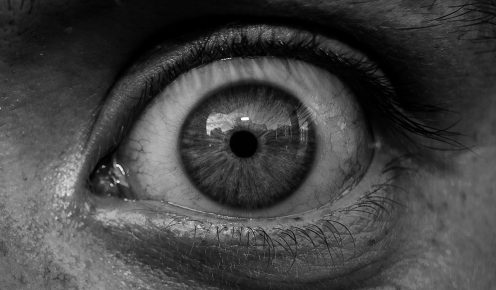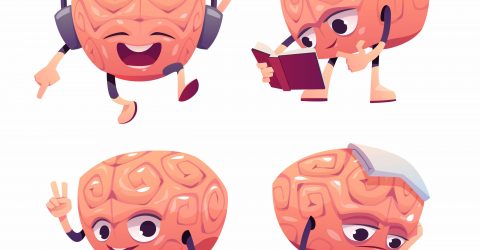Have you ever heard of eye therapy? It’s a type of alternative medicine that’s becoming increasingly popular among people who are looking for non-invasive treatments for vision problems. But what is it, and how does it work?
In this blog post, we’ll explore the concept of eye therapy and how it can be used to treat vision problems. We’ll look at the different types of therapies available, as well as the benefits and risks associated with them. So if you’ve been wondering about this form of alternative medicine, read on to find out more!
What is Eye Therapy?
Eye therapy, also called eye exercises, is a type of physical therapy for the eyes. The goal of eye therapy is to improve vision and relieve symptoms associated with a variety of eye conditions.
Most people are familiar with the use of glasses or contact lenses to improve vision, but eye therapy can be used to address other issues as well. For example, people with lazy eye (amblyopia) may be prescribed eye patches to force the weaker eye to work harder. Other common treatments include prism lenses, which refract light to reduce double vision, and botulin toxin injections, which temporarily paralyze muscles to correct strabismus (crossed eyes).
While some forms of eye therapy must be performed under the supervision of an ophthalmologist or optometrist, there are many simple exercises that can be done at home to help improve vision. Some common exercises include:
-Palming: Rub your hands together until they feel warm, then cup them over your closed eyes for a few minutes.
-Pencil Push-Ups: Hold a pencil at arm’s length and focus on the tip as you move it closer to your nose and back again.
-Eye Rolls: Look up at the ceiling and roll your eyes in a circle clockwise and then counterclockwise.
If you’re interested in trying eye therapy, talk to your doctor about what exercises would be appropriate for you.
Click Here to visit our website to get updates about a medical condition of eyes Called Sanpaku Eyes
How Does Eye Therapy Work?
Eye therapy, also called vision therapy or visual training, is a type of physical therapy for the eyes and brain. It is used to treat problems with eye movement and coordination, as well as focusing and depth perception. Vision therapy can be used to improve reading skills, depth perception, and eye muscle coordination. It can also help reduce headaches and eyestrain.
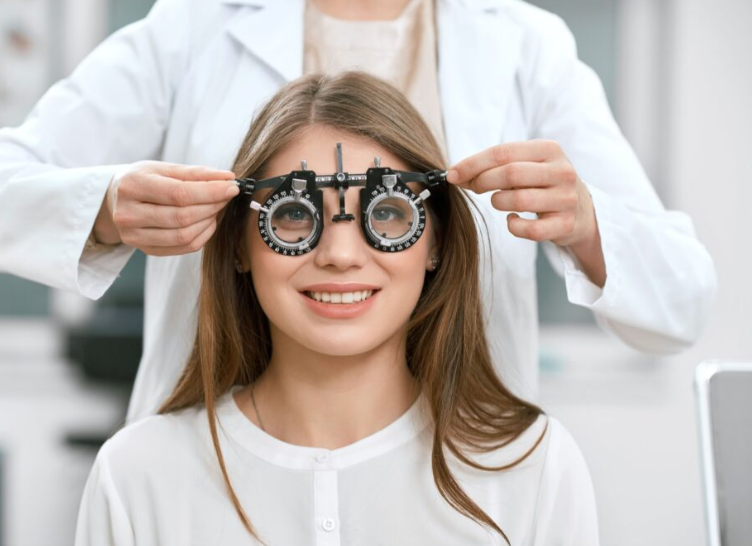
Types of Eye Therapy
There are several types of eye therapy that can be used to improve vision and address various eye conditions. These include:
-Corneal refractive therapy: This type of therapy is used to correct refractive errors in the cornea, such as nearsightedness, farsightedness, and astigmatism. It can be done with contact lenses or glasses that are specially designed to change the shape of the cornea.
-Orthokeratology: This therapy also involves wearing special contact lenses or glasses, but instead of correcting refractive errors, it is used to temporarily reshape the cornea so that you can see clearly without corrective lenses. This is often used as a treatment for myopia (nearsightedness).
-Vision rehabilitation: Vision rehabilitation therapy can help those who have lost some or all of their vision due to an injury or disease. It involves training the remaining functional vision and using adaptive devices and techniques to maximize function.
-Low vision aids: Low vision aids are devices that magnify images or provide other means of increasing visual acuity for those with severely impaired vision. They can include simple magnifying glasses all the way up to high-tech electronic devices.
Click Here to visit our website to get updates about a medical condition of eyes Called Sanpaku Eyes
Pros and Cons of Eye Therapy
There are a number of pros and cons to eye therapy, and it’s important to be aware of them before starting any treatment.
On the plus side, eye therapy can be highly effective in treating a number of conditions, including amblyopia (lazy eye), strabismus (crossed eyes), and myopia (nearsightedness). It can also help improve vision in general, and some studies have shown that it can even reduce the risk of developing certain degenerative eye diseases later in life.
On the downside, eye therapy can be expensive and time-consuming. It often requires multiple sessions per week for several months (or even longer), and there’s no guarantee that it will be successful. In some cases, side effects such as headaches, dizziness, or nausea may occur.
Ultimately, the decision whether or not to pursue eye therapy should be made after careful consideration with your doctor. It’s important to weigh the potential benefits against the risks and costs to decide if it’s right for you.
How to Choose the Right Eye Therapy
There are a few things you should keep in mind when choosing an eye therapy:
-The type of problem you are experiencing: Are you having trouble with your vision? Do you have dry eyes? Are you trying to prevent wrinkles?
-Your budget: How much are you willing to spend on treatments?
-Your lifestyle: Do you have time for daily treatments? Can you commit to long-term therapy?
– Your age: Are you looking for a short-term fix or something more long-term?
If you are experiencing vision problems, there are a number of therapies that can help, including glasses, contact lenses, and vision exercises. If you have dry eyes, there are treatments that can help increase tear production.
If you are concerned about wrinkles, there are therapies that can help improve skin elasticity. Ultimately, the best way to choose the right eye therapy is to consult with an eye doctor to discuss your specific needs and concerns.
Conclusion
In conclusion, eye therapy is a great option for those who want to improve their vision or treat an eye condition. By understanding the basics of how it works and what it entails, you can decide if this form of therapy is right for you or your child. If so, seek out a qualified practitioner in your area to help start on the road to better vision today!


